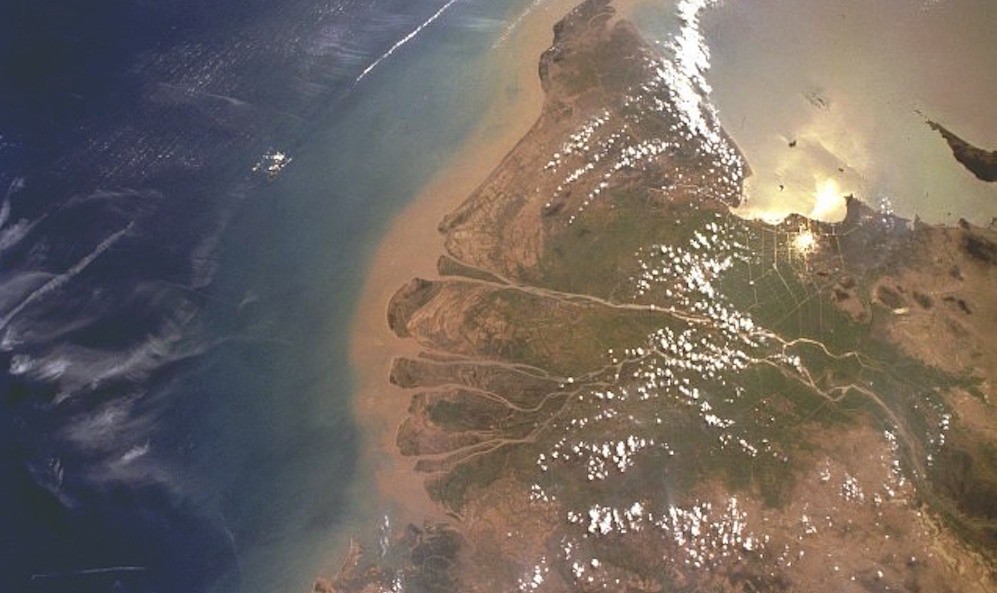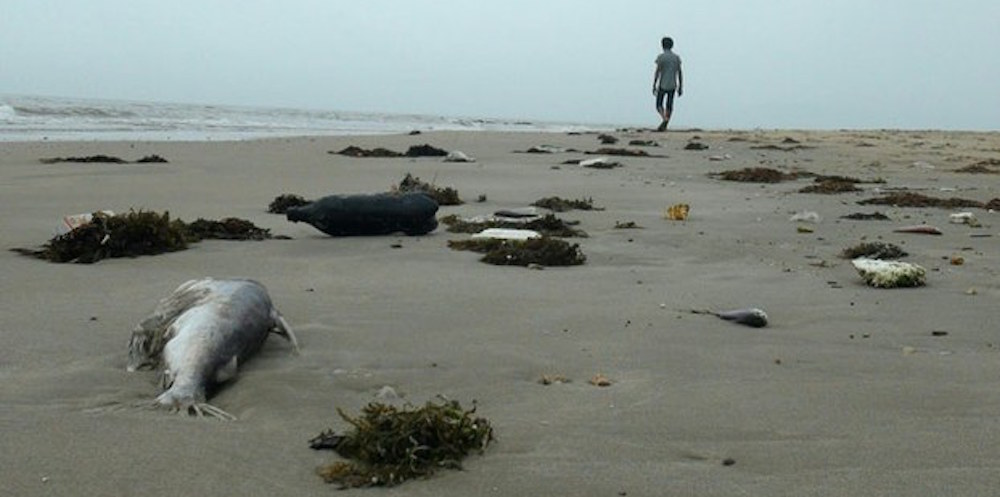Le Van Nam has difficulty sleeping at night thinking of the fall in yields year after year on his rice field allegedly due to less silt being washed down the Mekong River because of upstream dams.
“In the last winter-spring crop, my 5,000 square meters only produced 3.5 tons of rice while it was four tons the previous year,” the farmer from An Giang Province said.
Declining flows down the Mekong River due to the building of dams upstream have been partly blamed – as have severe droughts — for reduced yields and worsening erosion in the delta.
According to the An Giang Department of Agriculture and Rural Development, floods in the 4,900-km river used to bring silt and fish.
However, declining flows in recent years have made the land less fertile.
“Silt has significantly reduced in the past several years in An Giang,” Lu Cam Khuong, deputy director of the provincial agricultural department, said.
Most An Giang farmers said rice yields are falling, Dan Viet newspaper reported.
Mainstream dams
According to the NGO International Rivers, China has built seven hydropower dams on the upper Mekong River (known as the Lancang in China), and plans to build 21 more.
Since mid-2006, the Governments of Cambodia, Laos and Thailand have granted approval to many companies to study the feasibility of 11 mainstream hydropower dams.
In Laos construction of dams in Xayaburi and Don Sahong are already under way.
By changing the river’s hydrology, blocking fish migration and affecting the river’s ecology, the construction of dams on the Lower Mekong mainstream would have repercussions throughout the entire basin, International Rivers said in a statement.
Sinking delta
Scientists said the Mekong Delta is suffering from the cumulative impacts of saltwater intrusion, erosion and declining groundwater levels as a result of El Nino and the upstream dams.
Tran Cong Lap is among many farmers who are well aware of the impacts.
“Saltwater has been intruding deeper inland. I have more than 5,000 square meters of land but lost 4,000 square meters to erosion,” he said.
Le Anh Tuan, deputy director of the Research Institute for Climate Change, said he has not seen silt being washed down at a monitoring center in An Giang.
“Lack of freshwater can be recovered by rainwater. But the lack of silt is very dangerous because the Mekong Delta will sink without any chance of recovery.”
According to scientists, the Mekong Delta was formed by silt over the past 6,000 years which has also to a great extent kept seawater out.
Without sufficient silt, seawater will encroach deeper inland and cause serious erosion.
Nguyen Huu Thien, an independent researcher on the Mekong Delta ecosystem, said the delta’s coastline used to be protected by a “soft shield” of silt that no longer exists.
Hydropower dams upstream release water after gathering up silt and the Mekong Delta downstream would suffer the most, he said.
“China’s dams have reduced the volume of silt being washed down to the delta to half of the previous 160 tons a year, causing erosion.
“After another 11 planned dams being built upstream, there will be only a quarter of the amount. The formation of the delta will be disrupted and it will gradually disappear.”




